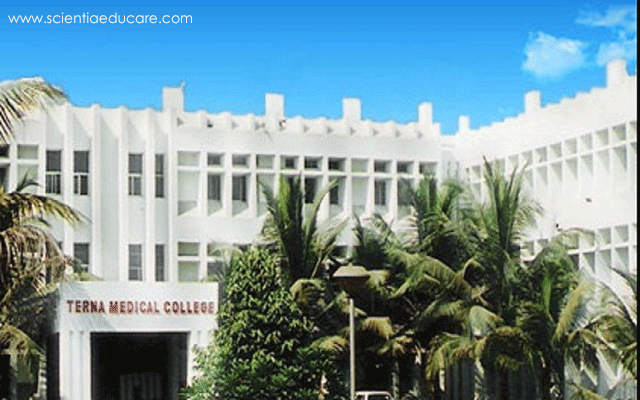Questions with Answers on Photosynthesis: Light and Dark Reactions Explained
Question 1 What is photosynthesis, and why is it essential for life on Earth?Answer:Photosynthesis is a biochemical process by which green plants, algae, and some bacteria convert light energy into chemical energy stored in glucose. The overall equation is:6CO2+6H2O+light energy→C6H12O6+6O26CO_2 + 6H_2O + light , energy rightarrow C_6H_{12}O_6 + 6O_26CO2+6H2O+lightenergy→C6H12O6+6O2It is essential because it: Produces oxygen necessary for respiration. Forms the base of...
MCQs on “Photosynthesis: Light and Dark Reactions Explained”
What is the primary pigment involved in photosynthesis?a) Chlorophyllb) Carotenoidsc) Xanthophylld) AnthocyaninAnswer: a) Chlorophyll Where do light reactions of photosynthesis occur?a) Mitochondriab) Stromac) Thylakoid membraned) CytoplasmAnswer: c) Thylakoid membrane The splitting of water during the light reaction is called:a) Photophosphorylationb) Photolysisc) Hydrolysisd) OxidationAnswer: b) Photolysis Which molecule is the final electron acceptor in the light reactions?a) NADP⁺b) ATPc) ADPd) OxygenAnswer: a) NADP⁺ What...
Top Educational Institutions Worldwide
Educational institutions worldwide, recognized for their academic excellence, research contributions, and global reputation. These institutions are categorized by continent for ease of reference: North America Harvard University, USA Stanford University, USA Massachusetts Institute of Technology (MIT), USA University of California, Berkeley (UC Berkeley), USA California Institute of Technology (Caltech), USA University of Chicago, USA Princeton University, USA Yale University, USA Columbia University, USA University of Toronto, Canada University of British Columbia...
Homeostasis: The Regulation of the Internal Environment
Introduction Homeostasis is the process by which living organisms maintain a stable internal environment despite changes in the external environment. It is a fundamental concept in biology that ensures the proper functioning of organisms by regulating various physiological parameters, such as body temperature, blood sugar levels, water balance, and blood pressure. The ability of organisms to maintain homeostasis is crucial...
Questions with answers on Homeostasis: The Regulation of Internal Environment
1. What is homeostasis, and why is it important for the survival of an organism? Answer:Homeostasis refers to the process by which an organism maintains a stable internal environment despite changes in the external environment. This regulation is essential for the proper functioning of cells, tissues, and organs. It involves the control of various parameters like temperature, pH, water balance,...
MCQs with answers on Homeostasis: The Regulation of Internal Environment
1. What is homeostasis? A) The process of maintaining a stable internal environmentB) The breakdown of food in the bodyC) The movement of gases in and out of the lungsD) The synthesis of proteins in the bodyAnswer: A) The process of maintaining a stable internal environment 2. Which of the following is NOT involved in maintaining homeostasis? A) Hormonal regulationB) Thermal regulationC)...
Study Materials and Notes on the Reproductive System: Male and Female Anatomy
Introduction The human reproductive system plays a crucial role in the continuation of species. The male and female reproductive systems are both designed to perform distinct yet complementary functions essential for reproduction. While the male reproductive system is responsible for producing and delivering sperm, the female reproductive system is designed to produce eggs, provide an environment for fertilization, and support...
Questions with answers on “Reproductive System: Male and Female Anatomy”
1. Explain the structure and function of the male reproductive system. Answer: The male reproductive system consists of several organs that work together to produce, store, and deliver sperm. The main parts include the testes, epididymis, vas deferens, seminal vesicles, prostate gland, bulbourethral glands, and the penis. The testes are responsible for producing sperm and testosterone. Sperm is stored and...
MCQs with answers on “Reproductive System: Male and Female Anatomy”
1. What is the main function of the male reproductive system? a) To produce eggsb) To produce spermc) To facilitate fertilizationd) To produce milkAnswer: b) To produce sperm 2. Which of the following is NOT part of the male reproductive system? a) Testesb) Prostatec) Ovaryd) UrethraAnswer: c) Ovary 3. The sperm cell is produced in which part of the male reproductive system? a) Epididymisb)...
Understanding the Immune System: A Deep Dive into Innate and Adaptive Immunity
Introduction The immune system is the body's defense mechanism against harmful invaders, such as pathogens, viruses, bacteria, fungi, and even abnormal cells. It is a highly sophisticated network of cells, tissues, and organs that work together to identify and eliminate threats. The immune system is divided into two main components: innate immunity and adaptive immunity. These two branches work in...




